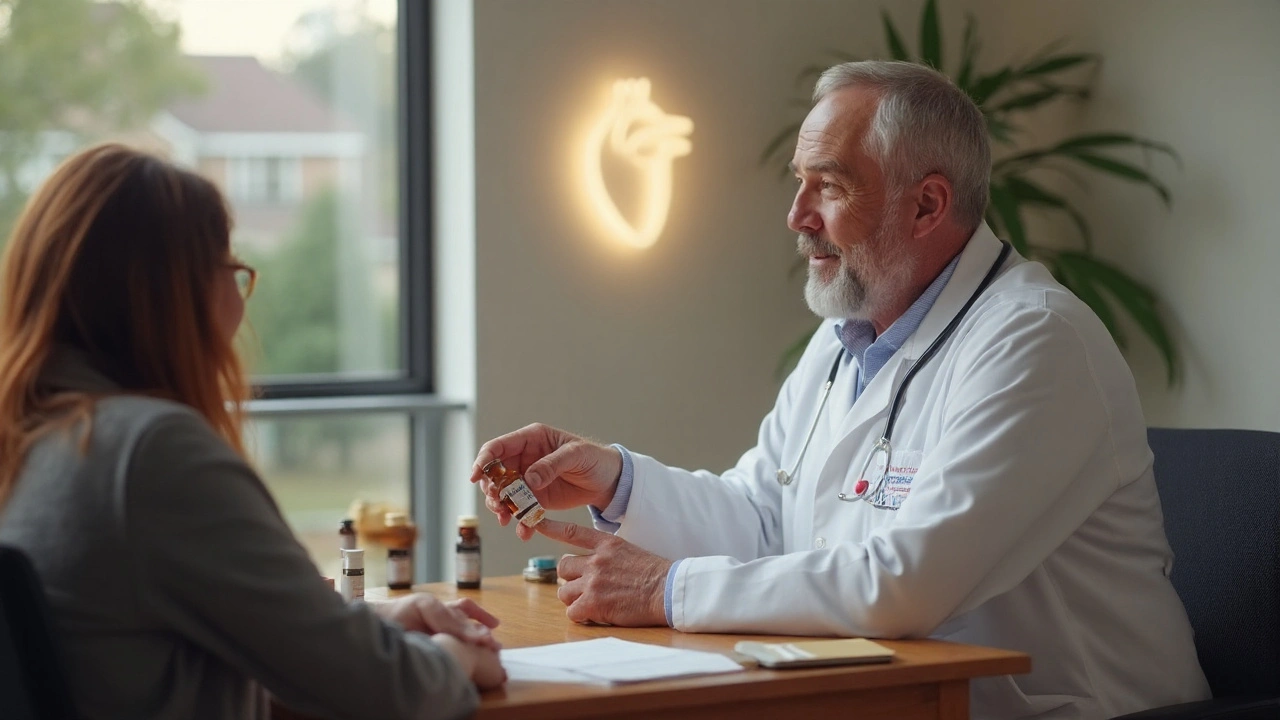Stroke Risk Reduction: Simple Steps to Protect Your Brain
Thinking about stroke can feel scary, but you don’t need a medical degree to lower the odds. Small daily choices—what you eat, how you move, and a few checks with your doctor—add up to big protection. Let’s break down what actually works, without any jargon.
Key Lifestyle Habits to Lower Stroke Risk
First off, your plate matters. Swap out salty snacks for fresh fruit, veggies, and whole grains. Those fiber‑rich foods help keep blood pressure in check and cut cholesterol. If you love coffee, stick to one or two cups a day; too much caffeine can spike pressure.
Next, get moving. You don’t need a marathon; 30 minutes of brisk walking, cycling, or dancing most days does the trick. Exercise improves circulation, strengthens the heart, and helps you maintain a healthy weight—three big factors in stroke prevention.
Smoking? If you’re still lighting up, quitting is the single most effective move you can make. Even a few cigarettes a day harms blood vessels. Talk to your doctor about patches or apps that make quitting easier.
Alcohol should be enjoyed in moderation. The sweet spot is up to one drink a day for women and two for men. Too much alcohol raises blood pressure and can lead to irregular heart rhythms, both of which increase stroke risk.
Medical Strategies and Monitoring
Blood pressure is the headline act. Aim for under 120/80 mmHg if possible. Home monitors are cheap and give you a real‑time picture. If numbers stay high, your doctor may prescribe ACE inhibitors, beta‑blockers, or a thiazide diuretic—common meds that dramatically cut stroke chances.
Cholesterol isn’t just about heart attacks; it affects stroke risk too. A simple blood test tells you if you need a statin or lifestyle tweaks. If you have diabetes, keeping your A1C below 7% is crucial because high blood sugar damages vessels.
Don’t forget atrial fibrillation (AFib). It’s a silent rhythm problem that can cause clots to travel to the brain. A quick ECG during a routine visit can catch AFib early, and blood thinners can prevent a stroke from forming.
Finally, stay on top of regular check‑ups. A yearly physical, eye exam, and dental cleaning all give clues about your vascular health. Catching issues early means you can intervene before they become serious.
Bottom line: protecting yourself from stroke isn’t about massive overhauls. It’s about consistent, realistic habits—eating smarter, moving more, quitting smoking, moderating alcohol, and keeping an eye on blood pressure and heart rhythm. Start with one change today, and you’ll be building a stronger, safer brain for tomorrow.

Explore how Ramipril, an ACE inhibitor, cuts the risk of heart attacks and strokes with solid trial data, practical dosing tips, and comparisons to other heart drugs.
Read More